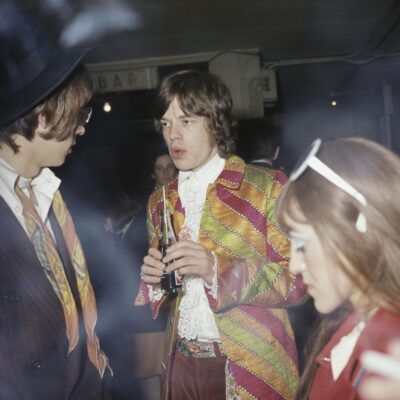
Fashion & History 15.04.2025
03.07.2018
contemporary fashionFrench fashionwomenswear
‘I work for women. I only think for them. If I didn’t like women, I wouldn’t do this job.’
Fashion is a very bodily matter. The body is the first object, some designer see it as an obstacle, some others are so in love with it that their philosophy is shaped by the curves, movements and particularities of the living female body. Azzedine Alaia is one of them. His relationship with women had always been very close: he declared he could not create without a model in front of him, and considered women to be the true creator of fashion, while he was ‘only making clothes’.
Alaia was born in Tunisia. From a very young age he showed an interest in fashion, and in this was supported by his sister Hafida and a French friend of his mother, who used to bring him copies of Vogue. The study of sculpture in the Ecole des Beaux-Arts in Tunis led him to a very deep understanding of the human form, something he directly applied in his part-time job as dressmaker, which allowed him also to pay school fees.
In 1957 Alaia moved to Paris, where he briefly worked for Christian Dior and then moved to Guy Laroche, then Thierry Mugler. At the end of the 1970s he opened his atelier, supported by high-profile clients, from Greta Garbo to Marie-Hélène de Rothschild. From then, his name got recognition, and his creations started being admired – and sold – worldwide.
It is not fair to define Azzedine Alaia as a fashion designer. His material approach to creating clothes directly focussing on the body and the quasi-artisanal attitude he put even when developing his ready-to-wear lines clearly identify him more as a couturier: someone who makes fashion with his hands, rather than inventing something someone else would then give form to.